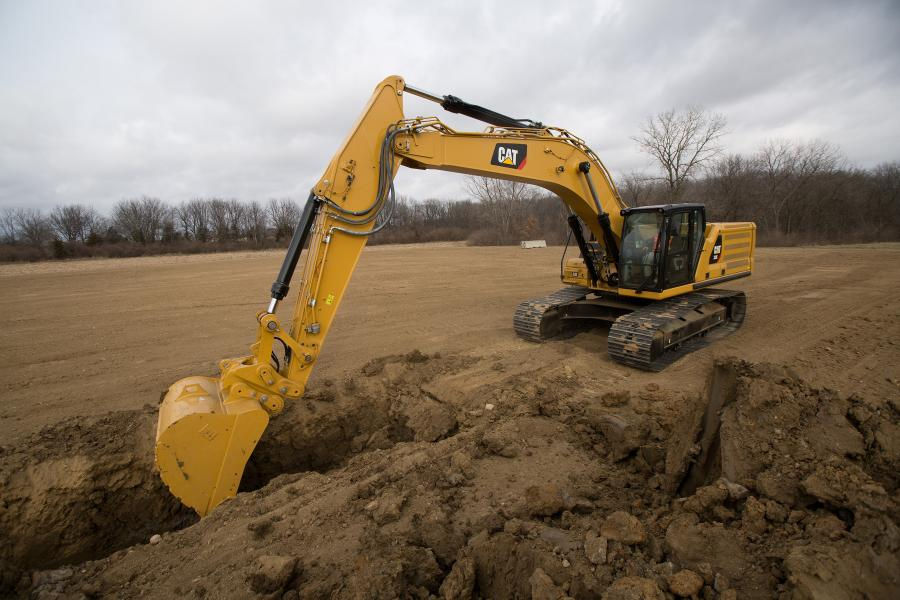Foundations vs. Slabs: Understanding the Differences
- Midtex Services
- Mar 17, 2024
- 3 min read
Updated: Jun 16, 2024
When it comes to building or renovating a home, understanding the differences between foundations and slabs is crucial. Both serve as essential elements in the construction process, providing structural support and stability to the building. Let's explore the key differences between foundations and slabs:
Foundations:
1. Purpose: Foundations are structural elements that transfer the weight of a building to the ground, distributing the load evenly to prevent settlement or movement. They serve as the base upon which the entire structure rests.
2. Types: There are several types of foundations, including:
- Basement Foundation: Provides additional living or storage space below the main level of the house.
- Crawl Space Foundation: Elevates the building slightly above ground level, providing access for maintenance and ventilation.
- Slab-on-Grade Foundation: A reinforced concrete slab poured directly on the ground, commonly used in areas with stable soil conditions.
3. Construction: Foundations are typically constructed using concrete or masonry materials. The design and construction of the foundation depend on factors such as soil type, building size and weight, local building codes, and environmental conditions.
4. Benefits: Foundations offer several benefits, including:
- Structural stability and support for the building.
- Protection against soil movement, moisture, and external forces.
- Additional living or storage space (in the case of basement foundations).
Slabs:
1. Purpose: Slabs, also known as concrete slabs or slab-on-grade, serve as the ground-level flooring system for buildings. They provide a level surface for interior spaces and support the weight of the structure directly on the ground.
2. Types: Slabs can be classified into several types based on their construction and use:
- Floating Slab: A slab foundation that does not have footings and is isolated from the ground below, often used for detached garages or sheds.
- Monolithic Slab: A single, thick layer of concrete that includes footings and the slab itself, commonly used for residential buildings.
- Post-Tensioned Slab: A slab reinforced with tensioned cables or rods to improve strength and minimize cracking.
3. Construction: Slabs are typically constructed by pouring a thick layer of concrete directly onto the prepared ground surface. The slab may include reinforcement such as steel rebar or wire mesh for added strength.
4. Benefits: Slabs offer several benefits, including:
- Cost-effective and efficient construction.
- Easy access to utilities and plumbing systems, as they can be installed within or below the slab.
- Suitable for areas with stable soil conditions and minimal risk of settlement or heaving.
Comparison:
1. Support: Foundations provide structural support and distribute the building's weight to the ground, while slabs serve as the flooring system and support the structure directly on the ground surface.
2. Design: Foundations are designed based on soil conditions, building size, and structural requirements, while slabs are designed for levelness, durability, and compatibility with interior finishes.
3. Usage: Foundations may include additional space for living, storage, or utilities, while slabs are primarily used as ground-level flooring.
4. Cost: The cost of foundations and slabs varies based on factors such as construction materials, design complexity, site conditions, and local building codes.
In conclusion, foundations and slabs play distinct roles in the construction of buildings, with foundations providing structural support and stability, and slabs serving as ground-level flooring systems. The choice between foundations and slabs depends on factors such as soil conditions, building design, budget, and functional requirements. Consulting with a qualified architect or structural engineer can help determine the most suitable option for your construction project.





Comments